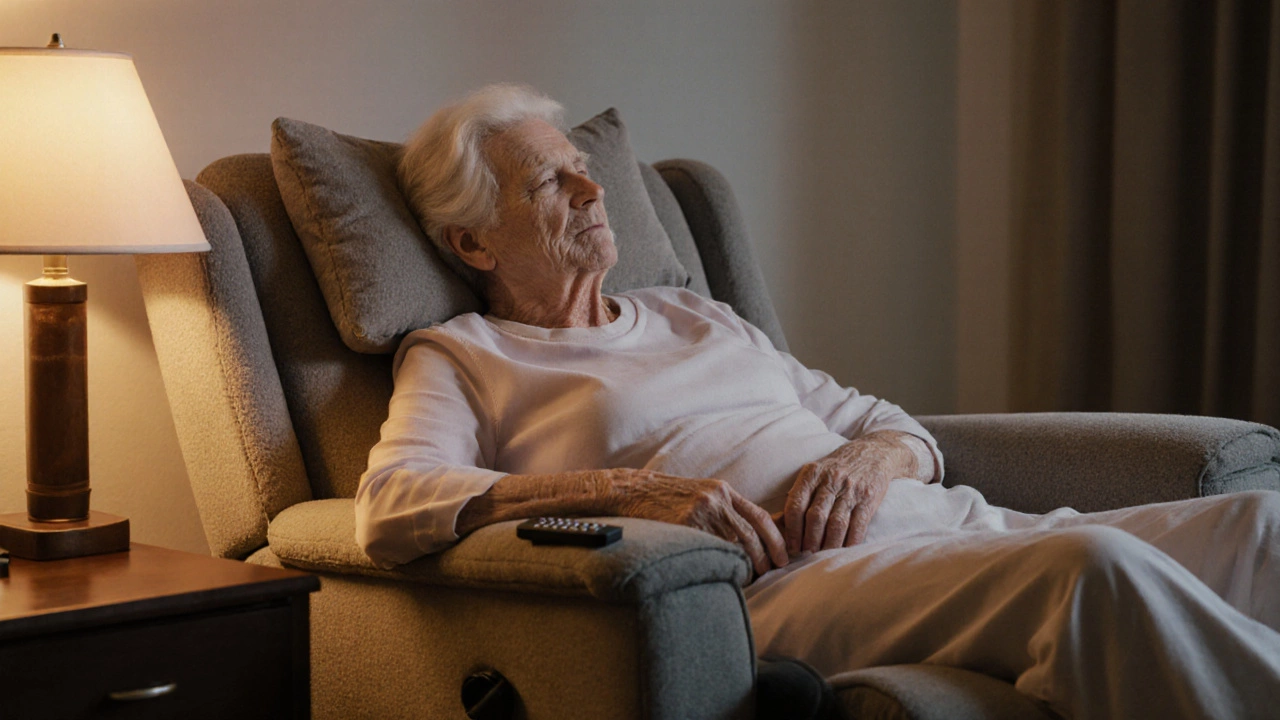Best Sleep Position: Find Your Ideal Rest with Smart Furniture Choices
When it comes to best sleep position, the way you lie down at night directly impacts your spine, breathing, and how rested you feel in the morning. Also known as sleep posture, it’s not just about comfort—it’s about how your body interacts with your mattress, pillow, and even your bedroom setup. Whether you sleep on your back, side, or stomach, the wrong furniture can turn a good night’s rest into aching shoulders, stiff necks, or restless nights.
The mattress support, how well your mattress holds your body’s natural curves matters just as much as how you lie down. A too-soft mattress lets your hips sink too far, twisting your spine. A too-firm one puts pressure on your hips and shoulders. Then there’s the bedroom furniture, the bed frame, headboard, and even nightstands that shape your sleep environment. A sturdy, low-profile frame keeps your mattress level and stable. A high headboard? It might look nice, but if you lean back to read, it can force your neck into an awkward angle. And if your nightstand is too tall or too far, you’re reaching or straining every night—tiny habits that add up.
People who sleep on their side need a pillow that fills the gap between ear and shoulder. Back sleepers need a pillow that supports the natural curve of the neck without lifting the head too high. Stomach sleepers? They often need the thinnest pillow possible—or none at all—to keep their spine aligned. But here’s the thing: none of that matters if your mattress is worn out, your bed frame wobbles, or your bedroom layout makes it hard to move naturally at night. That’s why the best sleep position isn’t just about how you lie down—it’s about how your whole sleep space works with your body.
You’ll find real-world advice here on what actually helps—like how a solid hardwood bed frame reduces motion transfer, why adjustable bases aren’t just for luxury hotels, and how the height of your nightstand affects your shoulder alignment. We’ve pulled insights from posts about sofa durability, ergonomic chairs, and even TV stand placement because good sleep doesn’t happen in a vacuum. It’s connected to how you sit, how you relax, and how your furniture supports your body all day long. What you discover below isn’t just theory. It’s what works for people who’ve tried everything and finally found rest.
Best Sleeping Positions for Seniors Using Recliner Chairs
Discover the best sleeping positions for seniors in recliner chairs, including ideal angles, what to avoid, and how to choose a supportive model. Learn why recliners help with acid reflux, breathing, and back pain.
More
